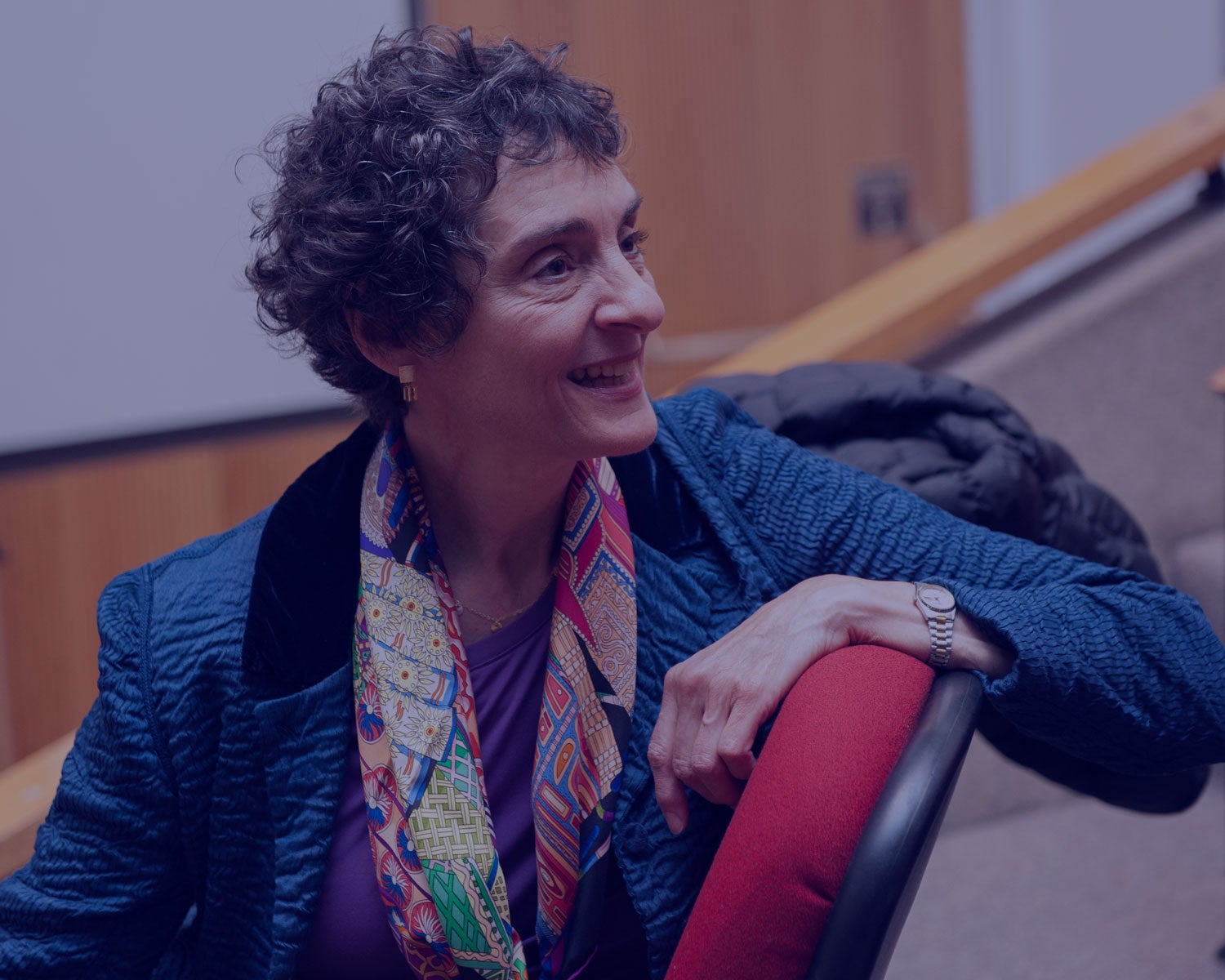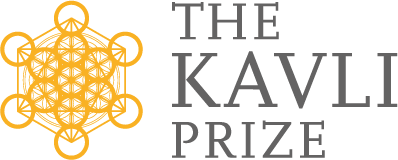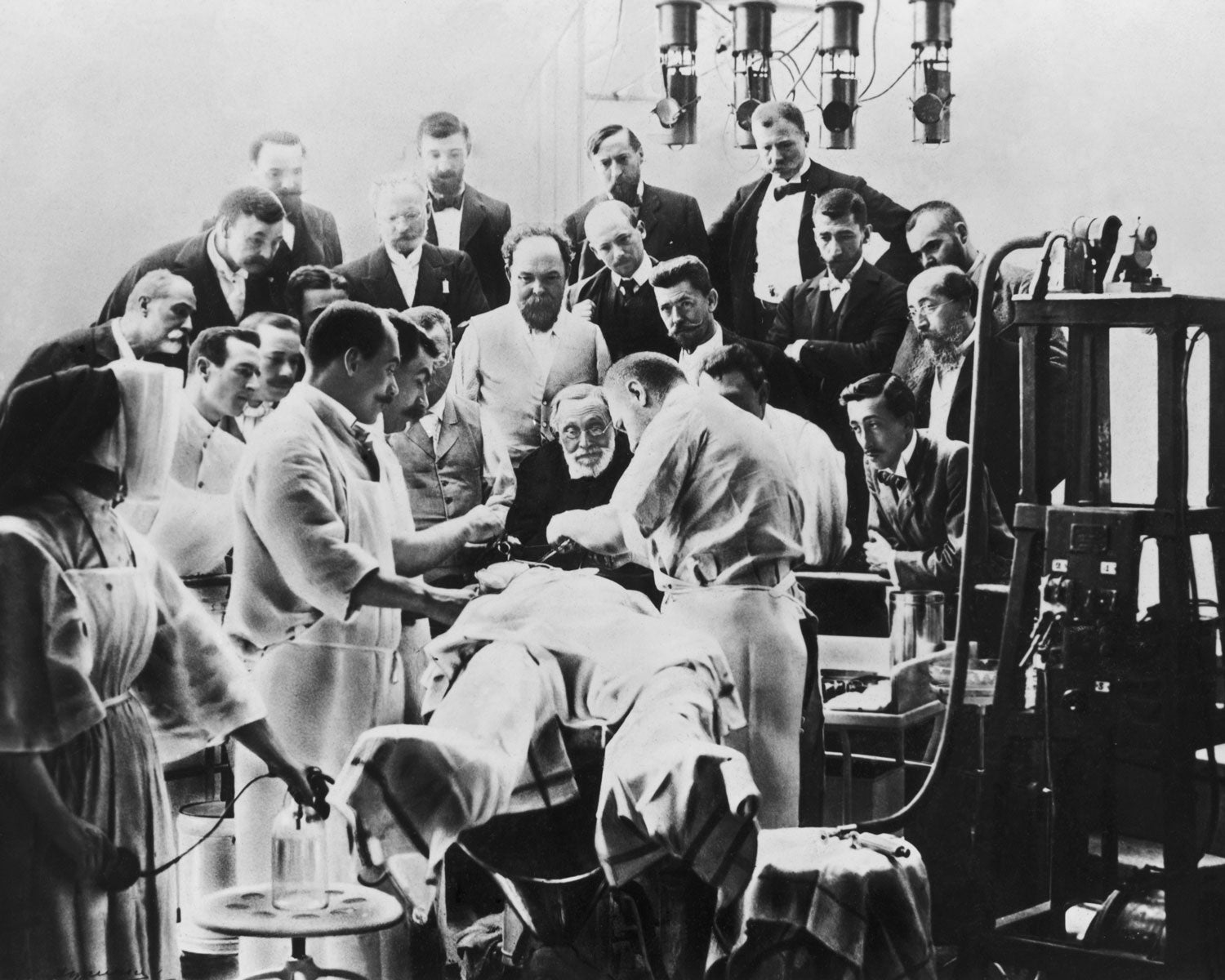
The mistaken view of a fixed brain
Through much of the 20th century, scientists believed the brain could develop new connections, but only early in life. By early adulthood, development was over and the brain and its circuitry remained relatively fixed. Doctors reserved brain surgery, as shown here at the Sorbonne in Paris, for only the most grave and traumatic of injuries. Doctors assumed that patients with less severe injuries couldn’t really benefit from extensive treatment or rehabilitation, so they didn’t perform it.
Credit: Bettmann/Getty Images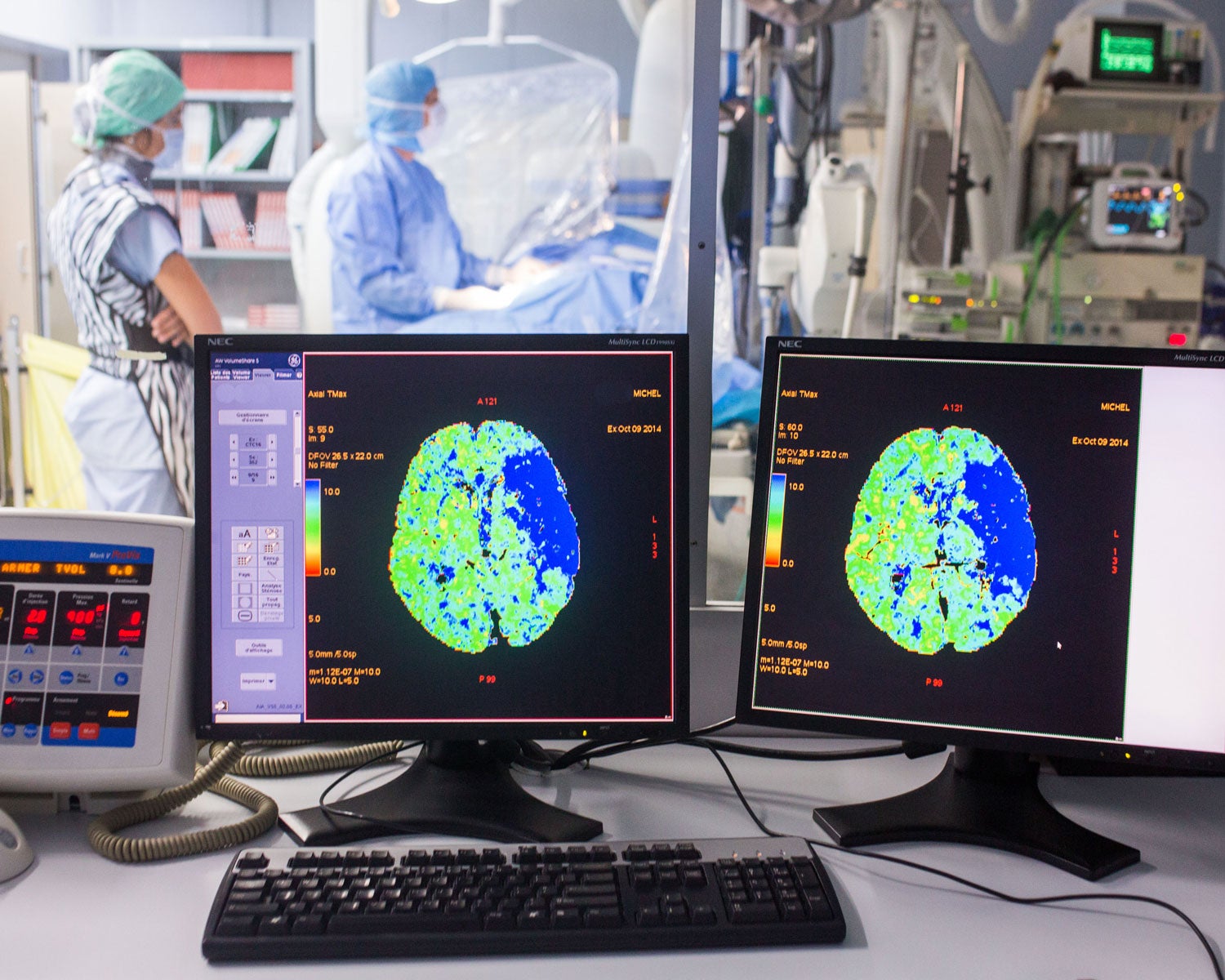
Clues suggest the brain is highly adaptive
In the 1960s, scientists found that with rigorous rehabilitation, stroke patients could recover far more movement than anyone had thought possible. This, along with key studies on the cat visual system and monkey motor-control regions, suggested that the adult brain could bypass damaged and unused regions. This upended conventional beliefs, and some scientists began to suspect the brain was far more adaptable than most believed.
Credit: BURGER/PHANIE/SCIENCE PHOTO LIBRARY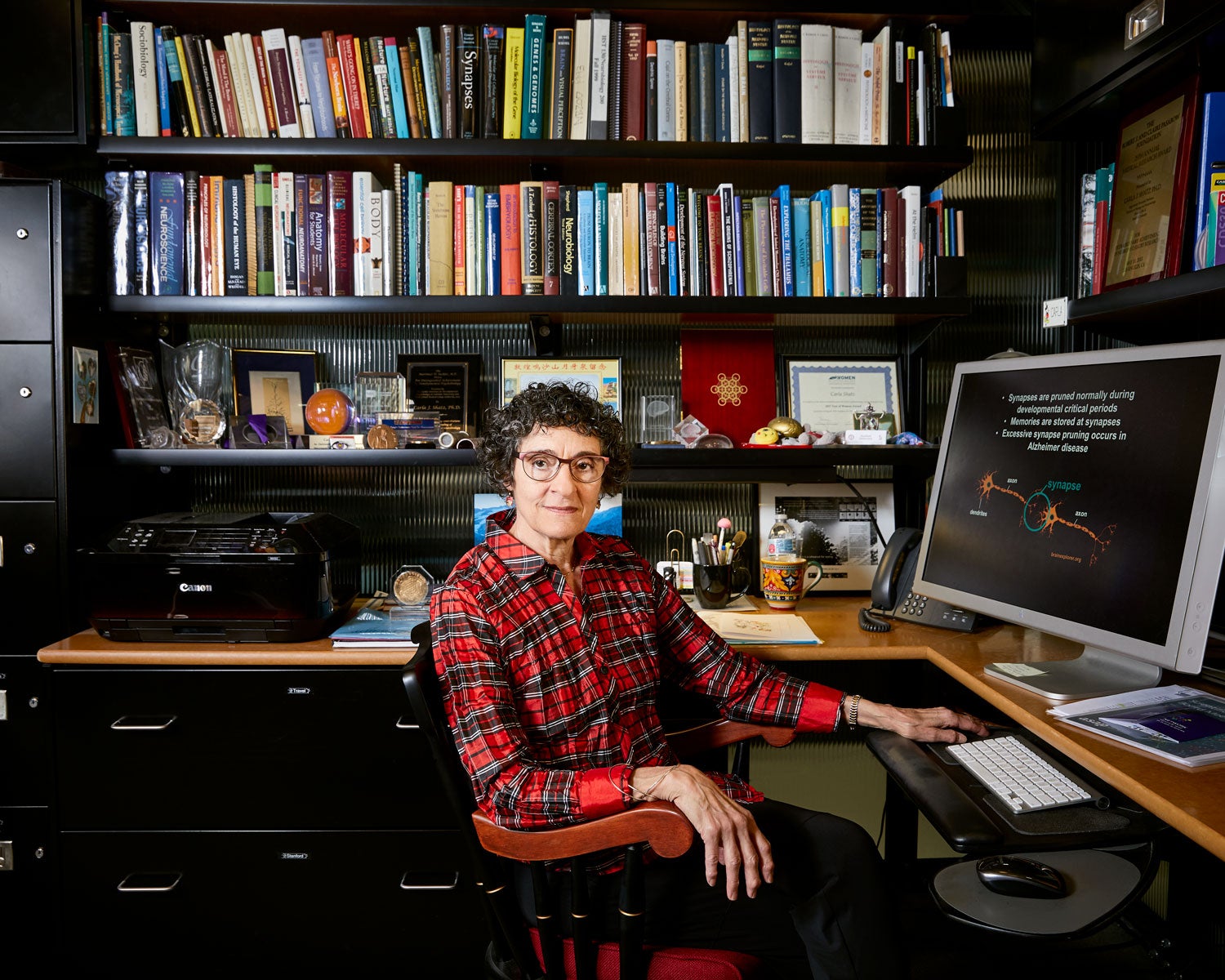
Carla Shatz upends neuroscience
One of those scientists was Carla Shatz, professor of biology and neurobiology at Stanford University (shown), who shared the 2016 Kavli Prize for Neuroscience with Eve Marder of Brandeis University and Michael Merzenich of University of California, San Francisco. Shatz found that before birth, activity in the human retina sends signals that sculpt the neural circuitry in parts of the brain that make sense of what we see. The fact that neural activity alters brain wiring helps explain the brain’s ability to adapt, and it shaped the modern concept of neuroplasticity.
Listen to Carla Shatz describe how research on babies’ brains could help adults with brain damage and disease. Credit: Gabriela Hasbun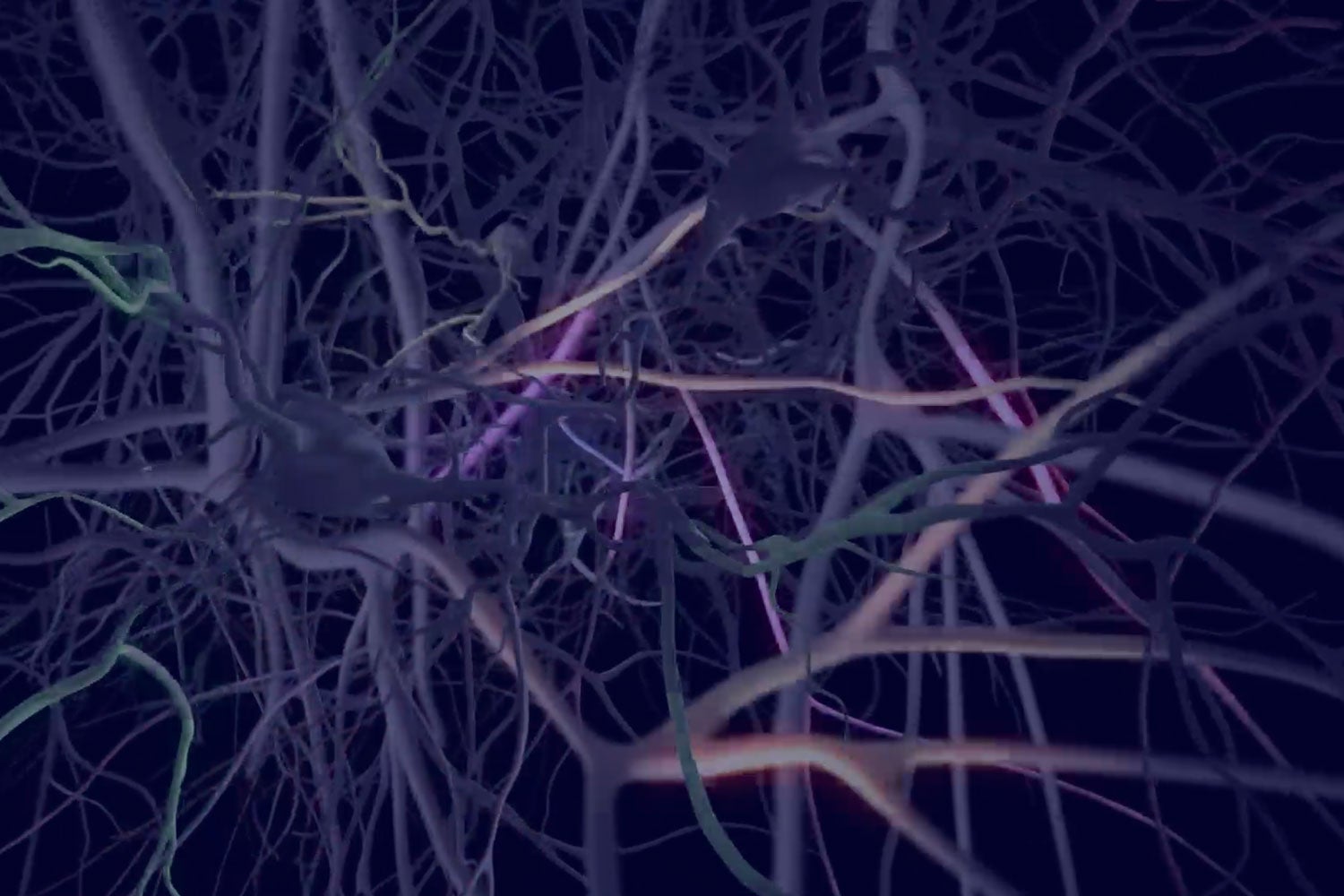
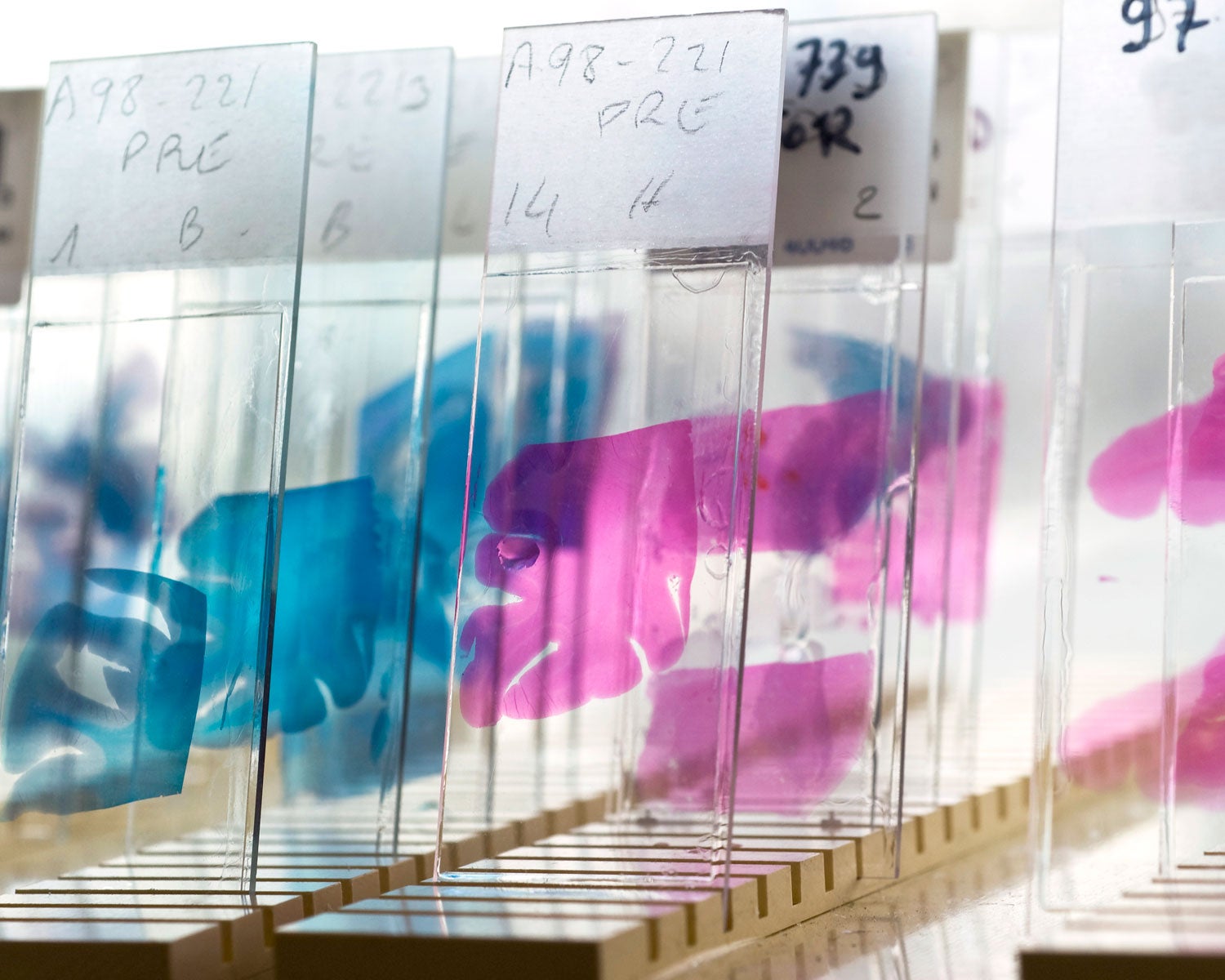
A new view on Alzheimer’s
Our memories live in synapses, the connections between neurons. In Alzheimer’s disease—represented by this image of brain tissue samples on microscope slides—studies of brain tissue show that pruning goes into overdrive, destroying synapses at a frightening pace. Shatz and Beth Stevens of Harvard Medical School discovered some surprising players in the brain’s pruning system: an immune cell and two types of immune proteins. Drugs that target these proteins could slow pruning and help treat early-stage Alzheimer’s, and biotech companies are already pursuing them.
Credit: PATRICE LATRON/LOOK AT SCIENCES/SCIENCE PHOTO LIBRARY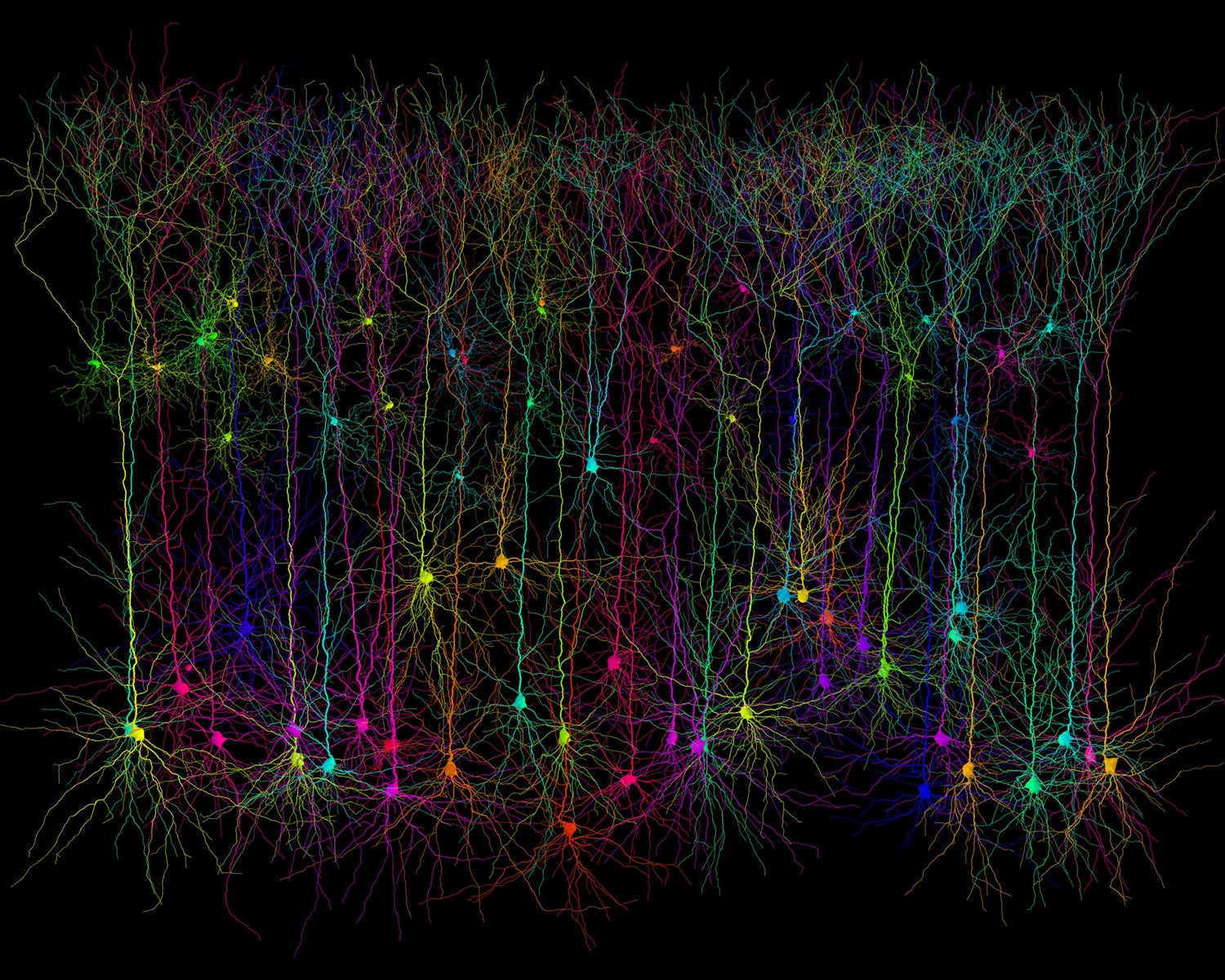
Dysfunctional pruning leads to disorders
Young children have more than twice the neural connections than adults do. As they learn and grow, little-used connections are pruned away to create a healthy network of neurons (shown here). In children on the autism spectrum, too little pruning occurs, leaving a thicket of neural circuitry. Conversely, in schizophrenia-prone teenagers, too much pruning results in overly sparse circuitry. Columbia University scientists found that an experimental drug that restores normal pruning to mice also reverses autistic-like behaviors. Other drugs slow pruning in mouse brains and brain slices from people with schizophrenia.
Credit: Dr Hermann Cuntz & Prof. Michael Häusser, UCLCan we restore our childhood capacity for learning?
A surplus of connections in children’s brains makes it easier for them to learn quickly. Shatz discovered that an immune protein called PirB is essential for neural pruning in mice. Disabling PirB for just one week allowed the brains of adult mice to form new connections, and these mice navigated a complex maze more rapidly than untreated control mice. A drug that blocks the human equivalent of PirB might help adults learn more readily.
Credit: Juan Pablo Rozo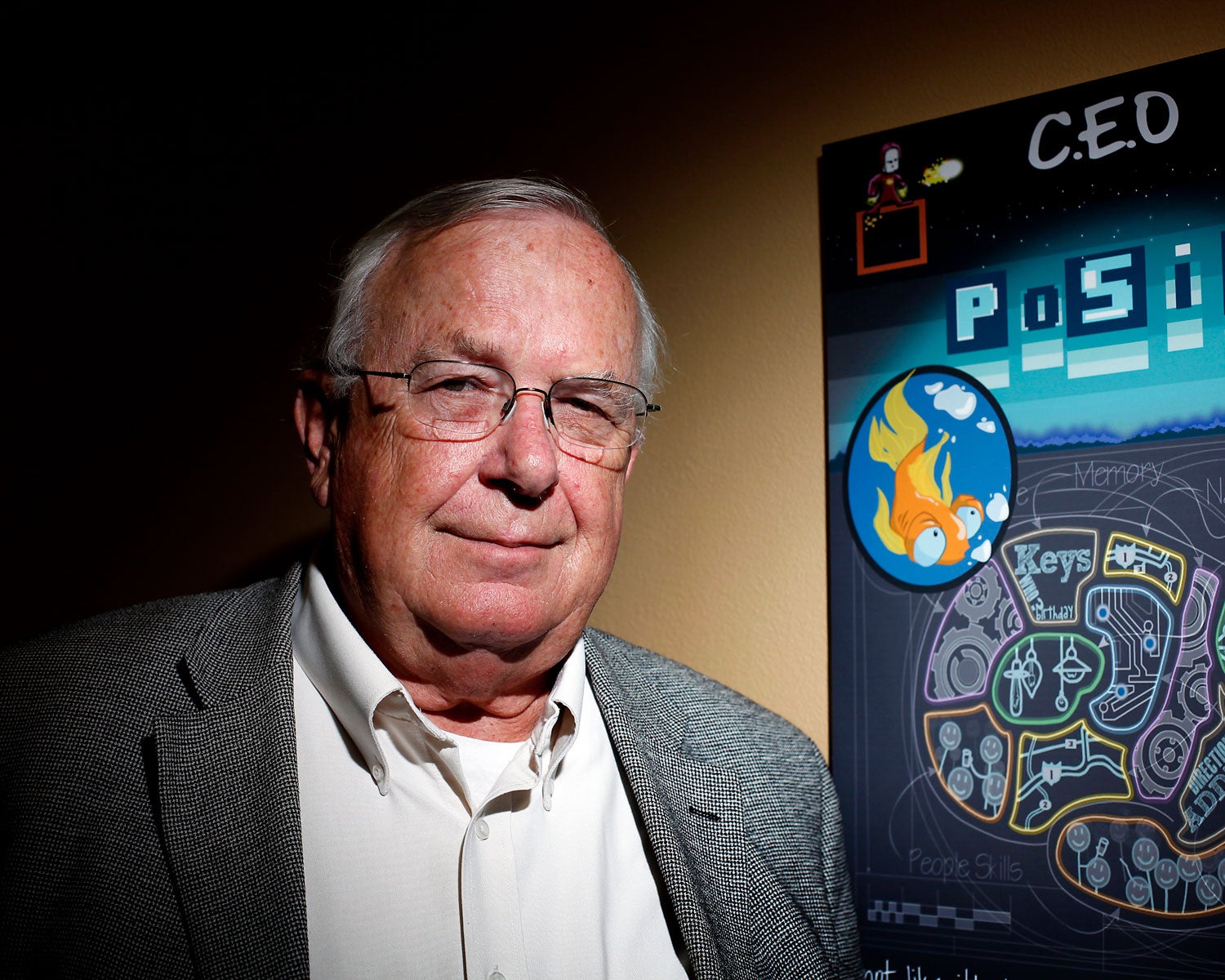
Can science help us train our brains?
As the science of neuroplasticity has progressed, an entire industry has popped up that sells brain-training programs. Many have no good science to back up their claims. But two do, according to a 2017 review of peer-reviewed studies. Michael Merzenich, one of Shatz’s partners in the 2016 Kavli Prize, developed a program called BrainHQ that focuses attention, speeds information processing, sharpens memory and even improves driving skills. The science of neuroplasticity could lead to much more.
Credit: Sarah Rice/Redux/eyevine